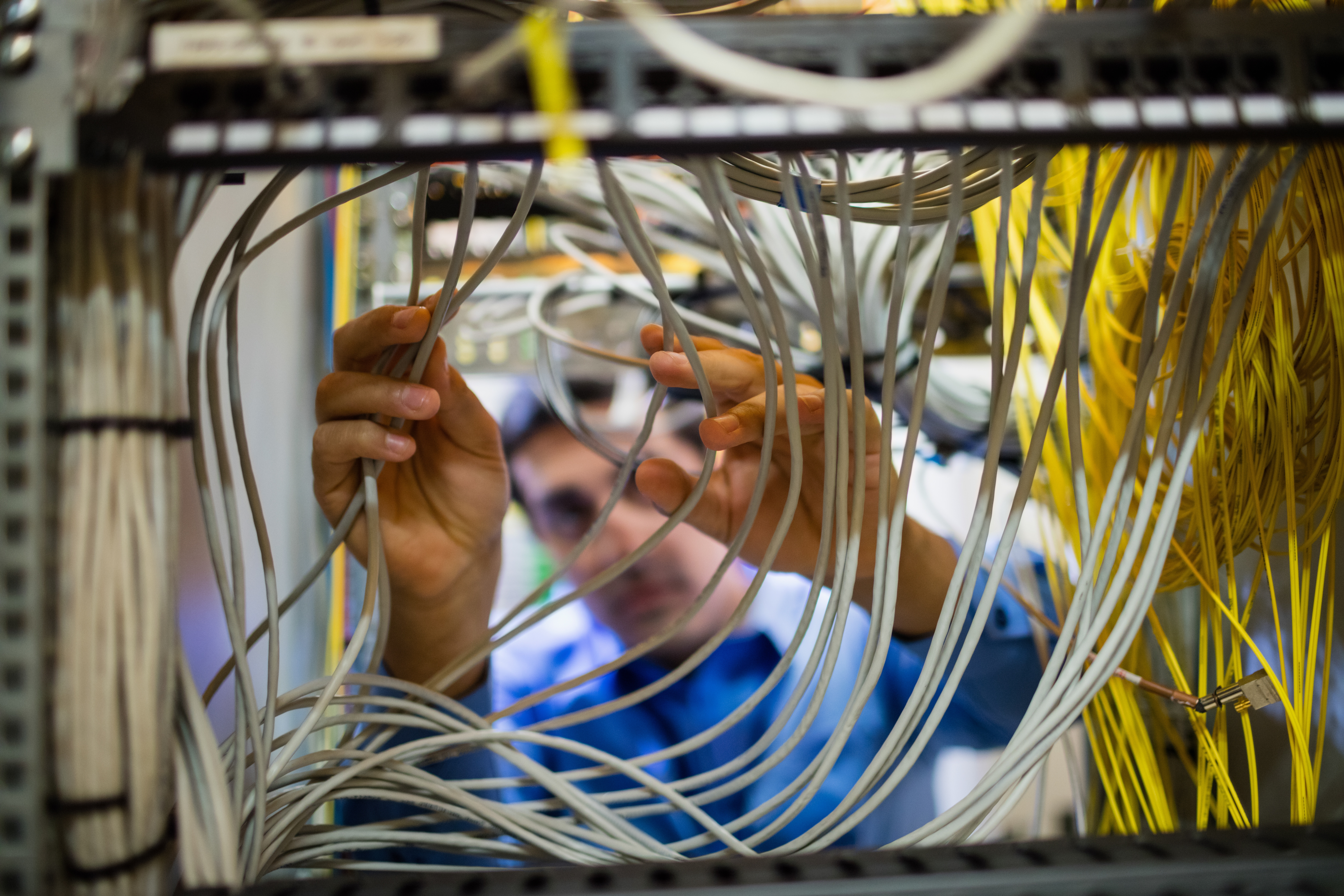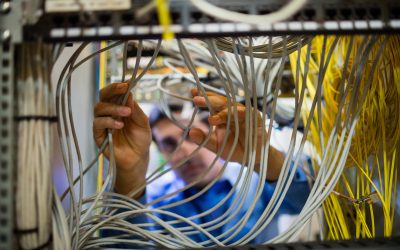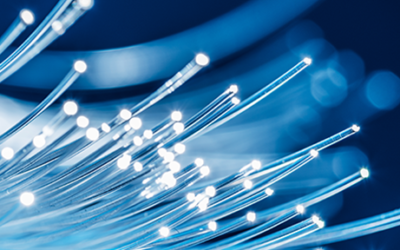Network Infrastructure Begins With Cabling Ends With Wireless

Tags: fiber optic | immersive learning | training | Wireless
The Importance of Cabling:
Network infrastructure, specifically cabling, is often not recognized publicly for its value. This is probably because great cabling infrastructure is designed and installed so it is out of sight, out of mind and out of the way.
As demand for, and discussion around network grow; particularly for wireless (5G and WiFi6), it may be tempting to think that we in fact need less cabling. After all, the very definition of ‘wireless’ suggests less wire.
However it is little misleading – there is still a lot of wire in wireless, and in fact as wireless networks transform to smaller and smaller cells to achieve the capacity and coverage users and devices require, there is a need to ‘wire more to wireless’. And as the Internet of Things (IoT) continues to expand, demand for such connections is only growing.
The growing value of Optical Fiber
As we move into an increasingly wireless world, we are still in a place that is highly dependent on a network infrastructure based on cables, albeit a large part of it being optical fiber. As such, all infrastructure considerations must begin with a structured approach to cabling.
Structured cabling is the accepted way of dealing with the proliferation of interlinked electronic devices. Because a single type of copper and/or optical fiber cable is able to meet a variety of communications needs, the wide adoption of structured cabling continues as applications expand from voice, data and video to include building automation systems, security systems and other control networks.
Cabling Implications
Of course, different cabling types have restrictions on their applications and specific capabilities, meaning design teams must evaluate their infrastructure choices carefully, keeping building use and longevity in mind.
But, in line with the need to adapt to growing infrastructural demands, designers today are increasingly finding ways to achieve simpler, cheaper and neater architectural solutions to problems associated with accommodating networks.
For example, it’s unlikely that building developers today would dream of specifying a new office without adequate vertical ducts, generous floor-to-ceiling heights or access floors. Equally, it’s routine to see simpler design strategies for rehabilitating older buildings.
It is now far more common for clients, IT specialists, facilities managers, and all of the many and varied members of building design teams to “be on same page” during the design and building process – we are better prepared than ever to adapt to growing infrastructure demands.
Prepared for Change
The process of diffusing networks throughout organizations is not – nor ever will be – complete. Wherever, whenever and however connections arrive, there always will be challenges and change.
There is no doubt organizations are increasingly dependent on communication networks, therefore the relationship between networks and building design is simply far too important to the survival of many organizations ever to be forgotten or ignored.
To be prepared and be able to align with change and demand, it’s important to invest in the right infrastructural education. Cabling Science courses cover every aspect you need to know; from RF Wireless Infrastructure Fundamentals, to Fiber Optic Infrastructure, to Structured Cabling Design and more. You can take a look at the full course listing here.

Written by James Donovan
You might also enjoy
FO Connector Contamination – A Constant Threat
Fiber optic communication most commonly works in duplex or multifiber transmission by transmitting light to a receiver in one direction on a fiber and receiving transmitted light back to a second receiver on the second fiber. Most engineers can understand that and...
Why Inspect and Clean Fiber Optic Connectors?
Inspecting and cleaning of fiber optic connectors during installation and when making any patching, is essential. Any contamination on a patch cord connector will be transferred through the coupler to the connector it is mated to. Even when testing fibers with a test...
Cleaning MPOs
MPO connectors should always be inspected with a scope before they are used, be that on a patch cord or a bulkhead. If they need to be cleaned, one-click cleaners are keyed to ensure the tip only fits one way onto the connectors and is able to clean both male and...


